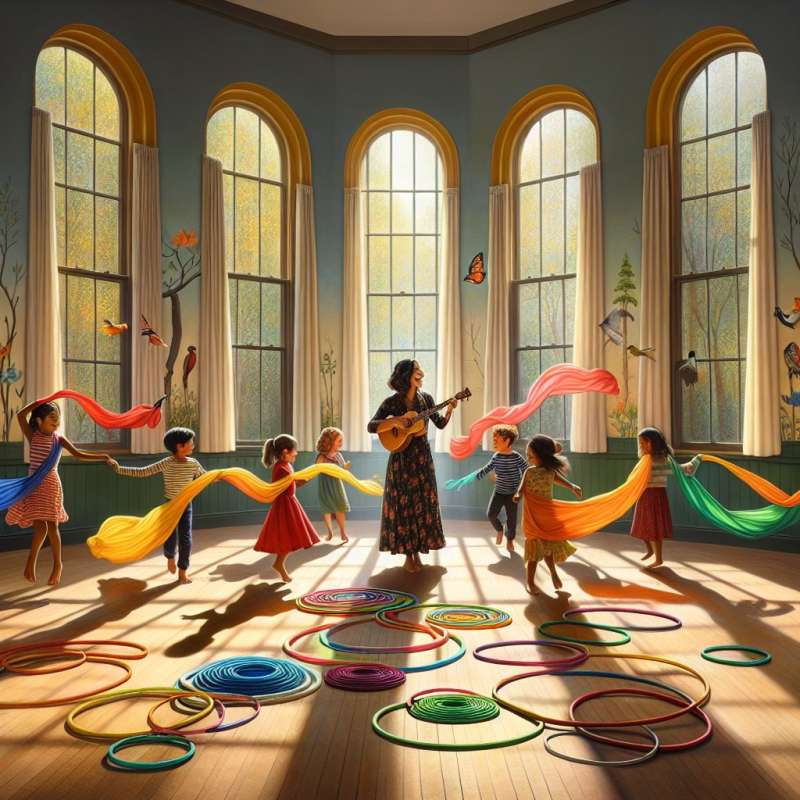
Understanding Child Development
Successful dance instruction for kids requires knowledge of child development stages. Tailor your lessons to their physical, emotional, and cognitive abilities, ensuring the complexity matches their learning curve.
Creating a Safe Environment
Safety in dance is paramount. Use age-appropriate movements to prevent injury, and create a positive atmosphere where mistakes are seen as learning opportunities. This encourages kids to express themselves freely.
Incorporate Playful Learning
Children learn best through play. Integrate games and storytelling into dance routines to make lessons enjoyable. Use props like scarves or hula hoops to enhance creativity and maintain engagement.
Encourage Peer Interaction
Dance is a social activity. Facilitate peer-to-peer learning by encouraging group dances and partner work. This promotes teamwork and helps children learn from each other's movements and rhythms.
Use Music Wisely
Music selection can make or break a child's interest in dance. Pick tunes that are lively and age-appropriate, possibly integrating current children's hits to keep the class energized and attentive.
Positive Reinforcement
Kids respond to encouragement. Provide positive feedback for effort, not just skill, to build confidence and motivation. Celebrate their progress with applause or stickers to reinforce their achievements.
Showcase Progress
End-of-term performances give kids something to work towards. They instill pride and a sense of accomplishment, also showing parents the development of their child's dance skills and confidence.
What is key in dance instruction for kids?
Strict routines
Understanding development stages
Professional dance moves
Company